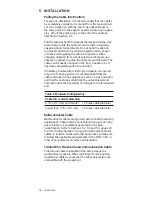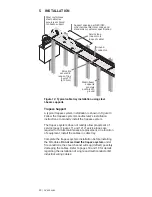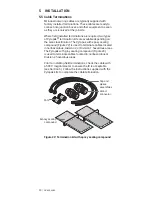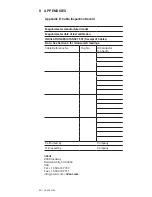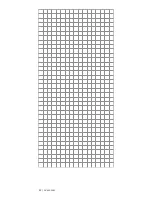
6 TESTING AND COMMISSIONING
nVent recommends that the Cable Inspection Record
in Appendix B be completed during testing and
commissioning and kept for future reference
6.1 Tests
Visually inspect cables and terminations and check the
insulation resistance (IR) prior to energizing.
Visual Inspection
• Visually inspect the cable sheath and connections to
the cable for physical damage. Damaged cable must be
repaired or replaced.
• Check that no moisture is present in junction boxes and
other enclosures.
• Ensure that electrical connections are tight and
grounded.
• Ensure that the cable carries the correct circuit
identification and that there have been no unauthorized
modifications to the cables.
• Verify that all junction boxes are appropriate for the
area classification and correctly sealed, and that the
cable glands are tight and correctly fitted into junction
boxes
IR Test
IR testing is conducted using a megohmmeter and
tests the integrity of the cable between the conductors
and the cable sheath, and between conductor pairs
in multiconductor cables. If the terminations or heat
shrinkable end caps are damaged, missing, or removed,
moisture will enter the mineral insulation, resulting in low
IR readings.
Prior to testing factory terminated cables, wipe both ends
of the cable sheath, pot, and tails with a clean, dry cloth to
remove any moisture which may result in erroneous results
(such as low IR readings).
When testing unterminated cables, it may be necessary to
remove the heat shrinkable tubing and strip back the cable
sheath from both ends to ensure that the conductors do
not touch the cable sheath and are spaced apart from each
other. Reseal the ends once testing is complete.
Test Equipment
500 Vdc megohmmeter (calibrated).
32 | nVent.com
Summary of Contents for pyrotenax Alloy 825
Page 1: ...MI Cable Industrial Wiring Installation Manual For Alloy 825 Sheath Cables ...
Page 4: ...iv nVent com ...
Page 46: ...42 nVent com ...
Page 47: ...nVent com 43 ...

